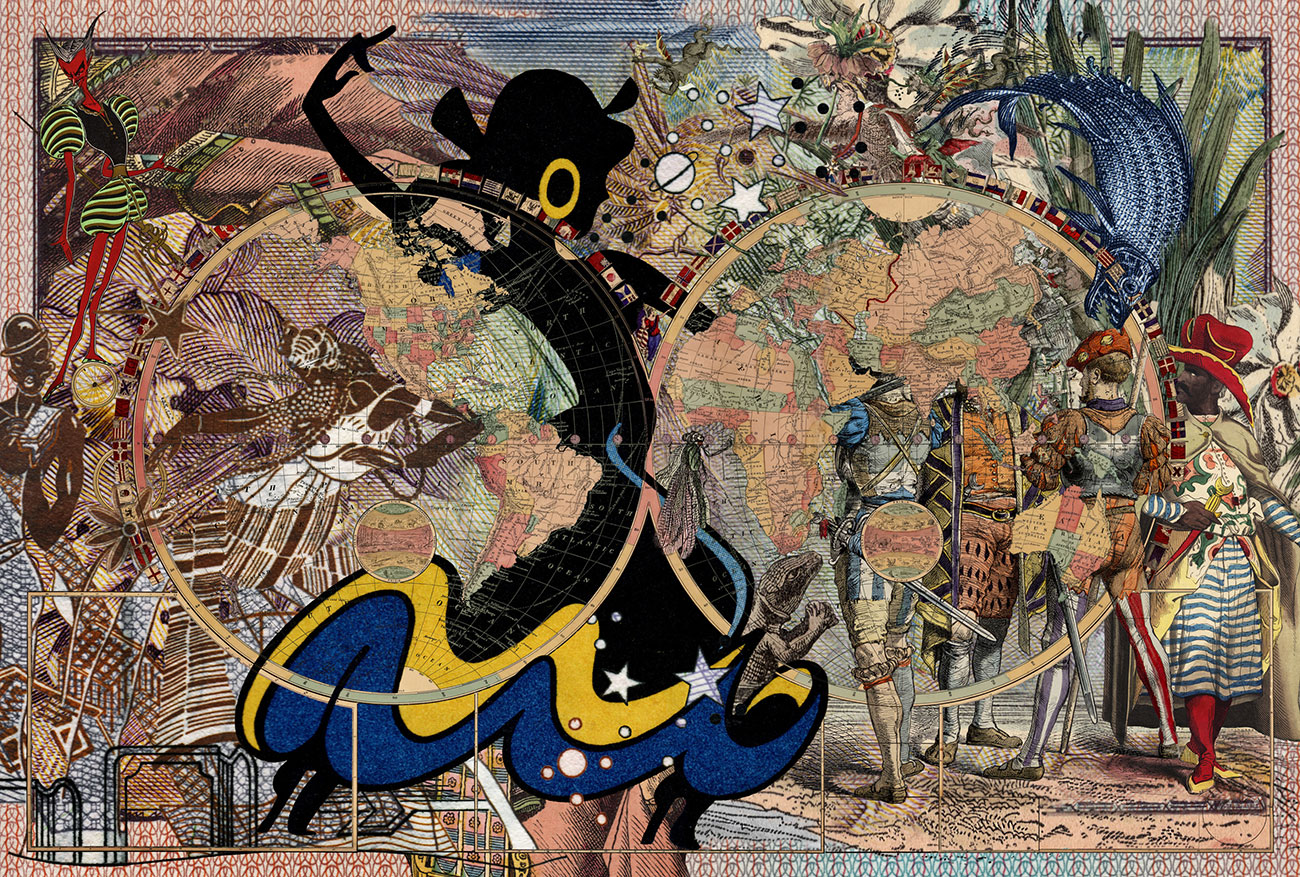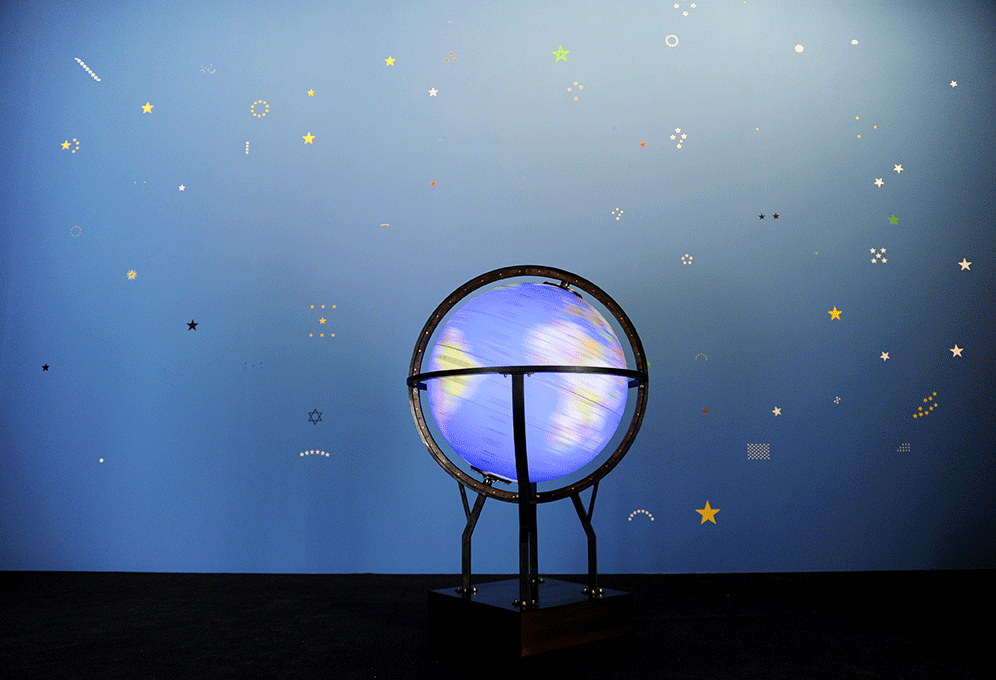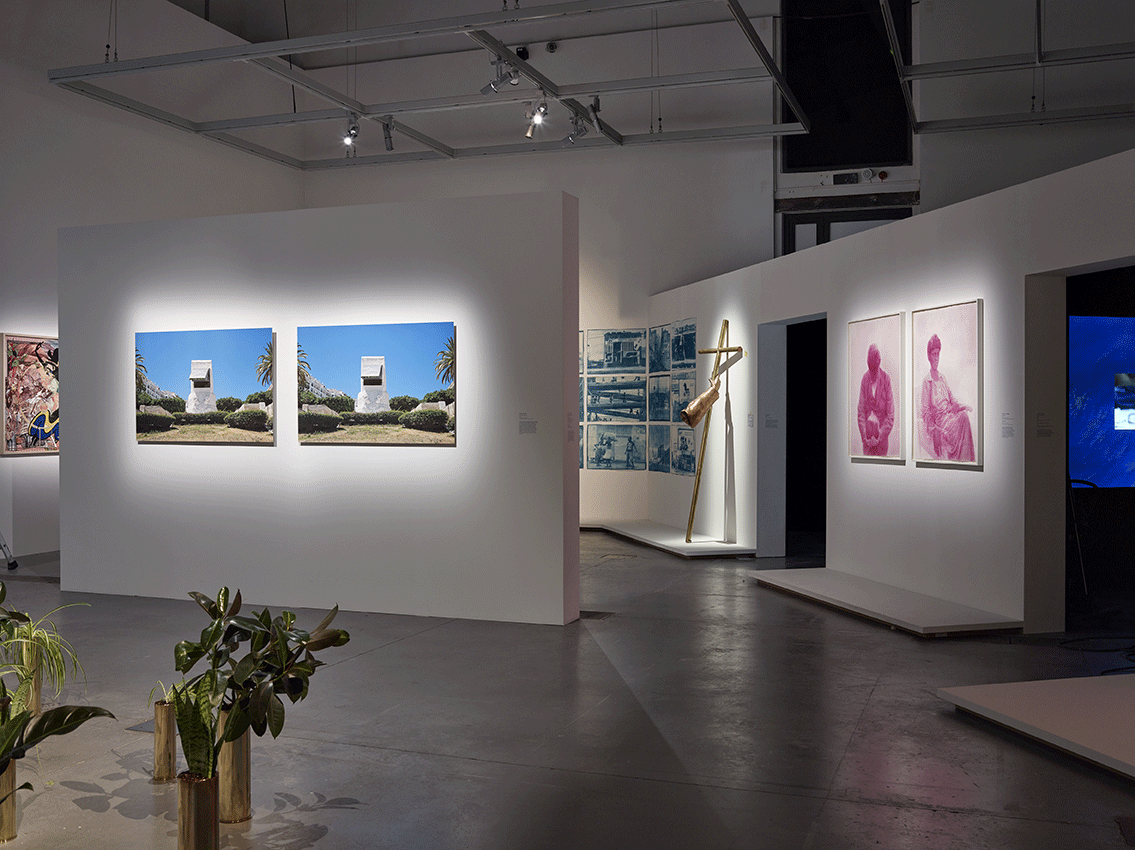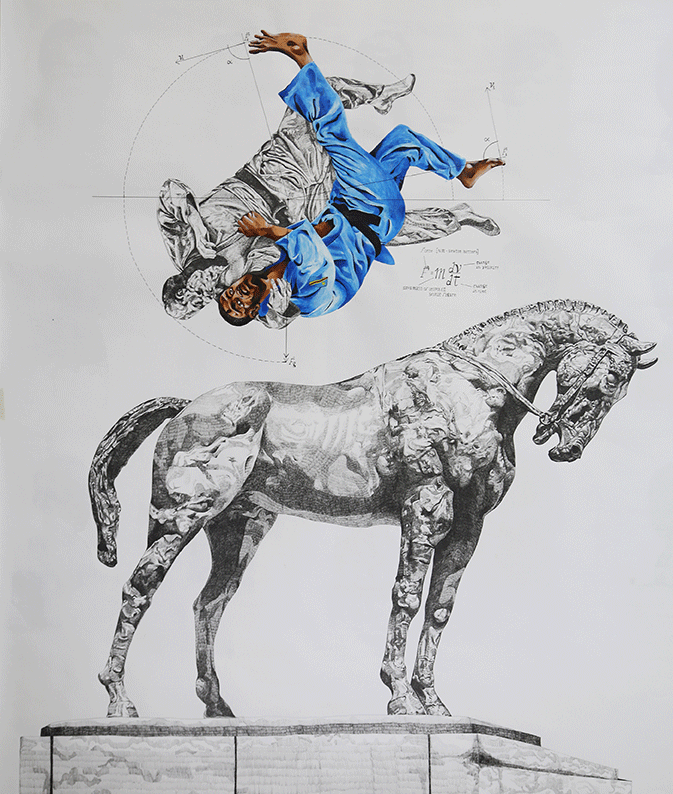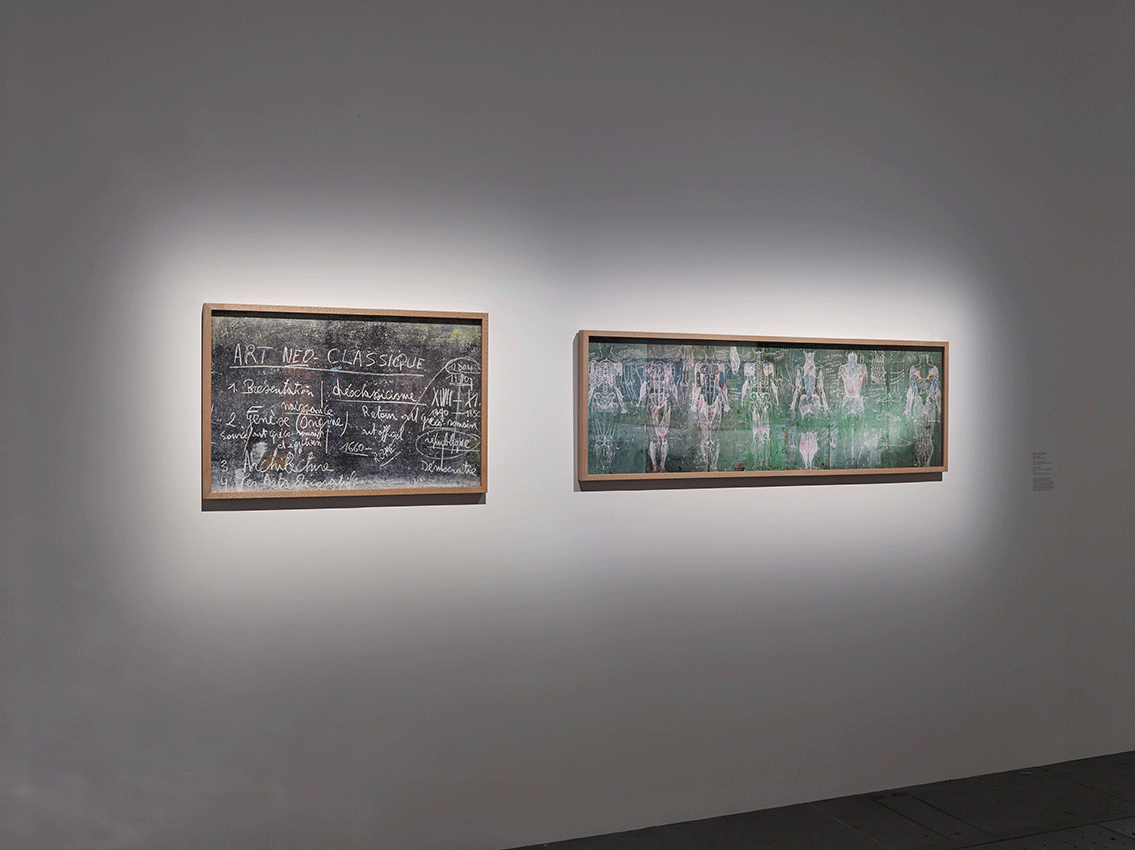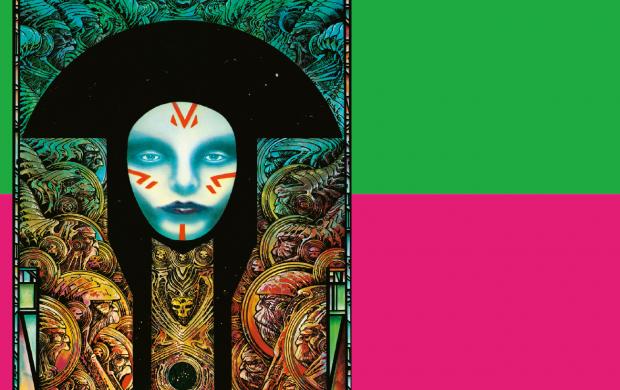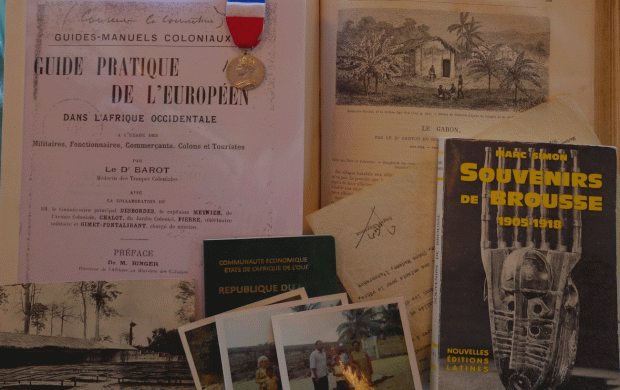Europa, Oxalá
Mucem, fort Saint-Jean—
Fort Saint-Jean Georges Henri Rivière Building (GHR) 320 m2
|
From Wednesday 20 October 2021 to Sunday 16 January 2022
Heritage, memory, and identities of the "children of empires"
The exhibition “EUROPA, Oxalá” focuses on memory and postcolonial studies, two interdisciplinary fields in themselves, and offers the opportunity to discover a group of European artists and intellectuals, whose parents are mostly from the former colonies of overseas empires.
“EUROPA, Oxalá” takes place in three European countries — France (Marseille), Belgium (Brussels) and Portugal (Lisbon) — and presents not only a visual arts exhibition, but also a series of debates. The exhibition will produce a catalogue and a book of essays, with texts by major authors. The exhibited works have been created by “Children of Empires”, ie second and third generation artists, born and raised in a postcolonial context, and whose artistic production is for the most part produced in Europe, providing a reflection on the colonial legacy, hence the name “post-memory” artists. As receivers of memories passed on by parents and grandparents who were born and lived in colonized territories such as the Congo, Angola, Guinea, Benin, Algeria, and Madagascar, these artists welcomed and inherited not only voices, sounds, and practices, but also visual documents and memories — the starting point for an important research work in historical archives. Their artistic production, the reflection they bring in the sense of the fight against racism, the decolonization of the arts, the deconstruction of colonial thinking, the development of the art world, the contribution of new realities, and the singular way in which these artists combine contemporary languages and processes, are an essential contribution to contemporary Europe’s economic and social development. Moreover, the innovative and transnational nature of their works has profoundly marked the artistic and cultural scene over the last two decades.
The Exhibition “EUROPA, Oxalá” at the Mucem presents some sixty works — paintings, drawings, sculptures, films, photos, and installations — by twenty-two artists: Abel Abdessemed, Aimé Mpane, Aimé Ntakiyica, Carlos Bunga, Délio Jasse, Djamel Kokene, Fayçal Baghriche, Francisco Vidal, John K. Cobra, Katia Kameli, Kader Attia, Mohamed Bourouissa, Josèfa Ntjam, Malala Andrialavidrazana, Márcio de Carvalho, Mónica de Miranda, Nú Barreto, Pauliana Valente Pimentel, Pedro A. H. Paixão, Sabrina Belouaar, Sammy Baloji, and Sandra Mujinga.
“EUROPA, Oxalá” brings a new visibility to an artistic world that testifies to the creative power of contemporary European cultural diversity, opening ways towards a new meaning to the notion of Europe.
—Curators: António Pinto Ribeiro, curator, University of Coimbra; Katia Kameli, artist and curator; Aimé Mpane, artist and curator
—Scenographer: Joris Lipsch, Studio Matters
—Coproduction: the Calouste Gulbenkian Foundation — delegation in France
The Mucem - Museum of Civilizations of Europe and the Mediterranean (Marseille / France)
The Musée Royal de l’Afrique Centrale/AfricaMUSEUM (Tervuren / Belgique)
The Center for Social Studies of the University of Coimbra (CES) via its European project (ERC) MEMOIRS –
Children of Empires and European postmemories (Coimbra / Portugal)
—On tour: Musée Royal de l’Afrique Centrale/AfricaMUSEUM (Tervuren / Belgium): fall 2022
The Calouste Gulbenkian Foundation in Lisbon: spring 2022.
An event organized within the framework of the French Presidency of the Council of the European Union
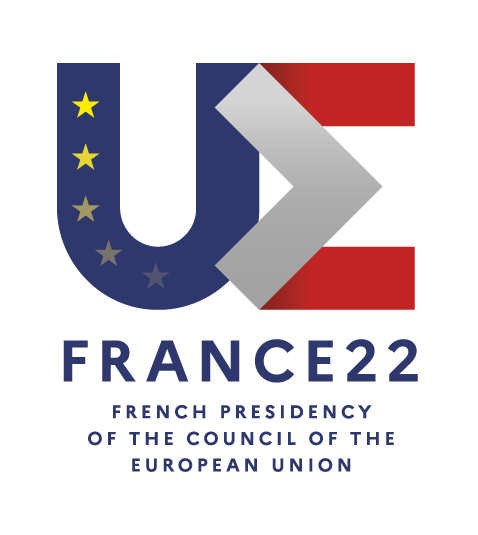
-
Interviews with António Pinto Ribeiro, Katia Kameli and Aimé Mpane, curators of the exhibition
-
Mucem (M.) What does “Europa, Oxalá” mean? Why this title?
António Pinto Ribeiro (A.P.R.), Katia Kameli (K.K.), Aimé Mpane (A.M.) We named the exhibition to convey the idea of a plural yet united Europe. “Europa” comes from Western mythology; “Oxalá” is a Portuguese expression whose origin comes from the Arabic expression “Inch’ Allah” (”God willing”) and which has several meanings, all linked to the desire for a future or positive event. By combining these two words, we affirm our desire to bring together geographies and cultures that are supposed to be far apart within a common Europe.
M. This project is situated in the field of memory and postcolonial studies. How can contemporary art help to explore these notions?
A.P.R., K.K., A.M. Contemporary art is crucial in this context because in the materiality of artworks and their narratives, we find questions and doubts similar to those addressed in these studies. This is the case, for example, with questions related to the decolonisation of minds, and resistance to the models of domination still practised in some countries.
Art can fight against contemporary racism, but also help in the re-reading of colonial histories, in order to create alternative narratives.
M. What brings these artists together? Do they share common themes or visual languages?
A.P.R., K.K., A.M. These artists are children and grandchildren of the generations that lived through the decolonisation process. They raise new questions from new territories. They question the stories told (or not told) in Europe, the objects inherited from the past, as well as the hegemony of European modernity and the different narratives around colonial fantasies.
These artists revisit family archives and official bodies, and tell these stories through books, films and artworks. In this way, they redraw European culture, both that inherited from the Greco-Roman tradition and that of Mitteleuropa. They become the main actors of a transnational vision of the arts, and they play an essential role in the European cosmopolitanism of the 21st century.
Their artistic paths are often based on the rejection of all artistic nationalisms, drawing on the memories of their parents and grandparents as valuable raw material for their work.
Some of them have no ancestry linked to former colonies, but started working on these subjects very early on, which we refer to as “post-colonial” subjects for the sake of simplicity.
The material underlying their artistic production is the result of their reflections on the memories inherited from the colonial period and independence. These artists participate in international and contemporary artistic production in a very strong and unavoidable way.
They express themselves in very different ways. The singularity of their territorial origins, the artistic disciplines that inspire them, and the theories with which they explain their practices, as well as their differences, can be found in the vast diversity of techniques, languages and forms that can be seen in this exhibition.
